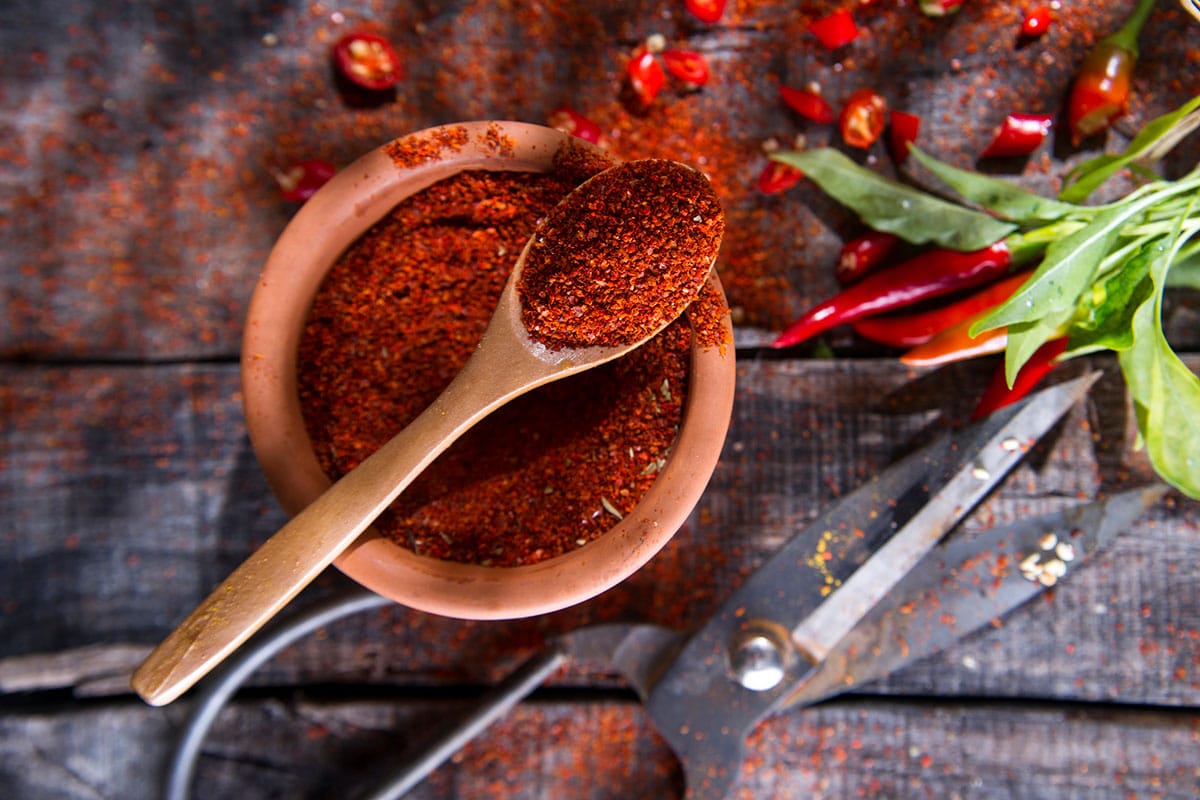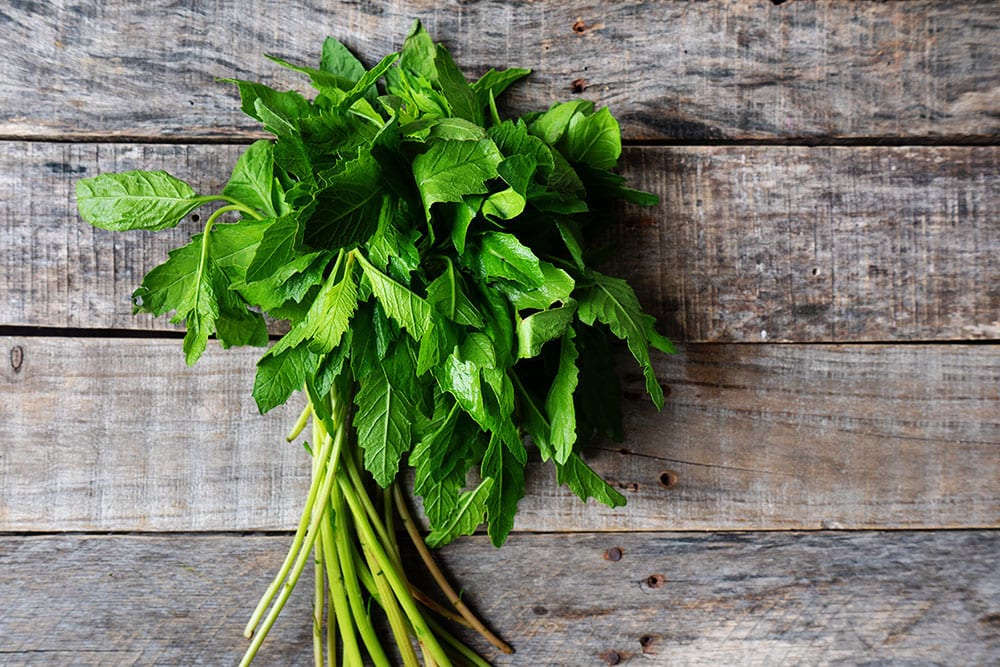Spice up your home cooking with these must-have Mexican spices! From the zesty kick of powdered chili to the warm embrace of cumin, explore the vibrant world of flavors that Mexican cuisine has to offer. Elevate your dishes with our top spice picks. Let’s bring the fiesta to your kitchen, one sprinkle at a time!
Annatto (Achiote)
The vivid and savory achiote powder, which is made from annatto seeds, lends dishes like cochinita pibil and pollo pibil their distinctive color and flavor. It’s a lovely way to add a sense of smokiness and earthiness to your food.
Cumin (Comino)

Cumin is a spice commonly used in Mexican cuisine. It has a distinctive warm and earthy flavor with a slightly nutty and peppery undertone. Is often used to season a variety of Mexican dishes, including salsas, rice, and meat dishes like tacos and beef chili. It adds depth and richness to the flavor profile of Mexican dishes, and it’s a key ingredient in many spice blends and sauces used in Mexican cooking.
Garlic Powder (Ajo en Polvo)

In Mexican cuisine, garlic is a flavor enhancer, thus keeping garlic powder on hand is very practical. It is a versatile addition to your spice collection and is used in marinades, rubs, and seasoning blends.
Chili Powder (Chile en Polvo)

Unlike the generic chili powder you find on US store shelves, Mexican chili powder is a combination of different dried chilies. Salsa, mole, and snacks like pepinos con chile benefit from its depth of heat and smokiness. You’ll wonder how you ever cooked without authentic Mexican chili powder once you try it.
Allspice (Pimienta Gorda)

It is called pimienta gorda (fat pepper) because it closely resembles black pepper, but it is larger in size. It is also known as Tabasco pepper, Jamaican pepper, or Pimenta dioica because it is precisely the dried fruit of the Pimenta Dioicia L. tree, native to Mexico and Central America.
Oregano

Mexican oregano differs from its Mediterranean equivalent in flavor characteristics. It complements Mexican soups, stews, and marinades perfectly because it has a mild citrus flavor and is less bitter.
Coriander (Cilantro)

Although fresh cilantro is most used, having powdered coriander seeds in your pantry is a good idea since it can be used to make specific spice rubs for grilled meats that will give a faint lemony, and slightly sweet note.
Bay Leaves (Laurel)

Bay leaves, known as hojas de laurel in Spanish, are used to add subtle earthy and herbal flavors to various Mexican dishes. They are often included in chicken soup, stews, and braised meat dishes, where they contribute to the overall flavor profile.
Cinnamon (Canela)

Not surprisingly, cinnamon may be found in several Mexican cuisines, particularly in mole sauces and sweet treats. A small amount of ground cinnamon gives the sauce a warm, fragrant touch that balances off its richness. Try this Mexican cinnamon cake.
Epazote

Epazote is a special herb from Mexico that gives foods like quesadillas and black beans a distinctive flavor. Dried epazote is available worldwide. Once you’ve tried it, you won’t forget the taste—it’s earthy, strong, and just a little citrusy.


